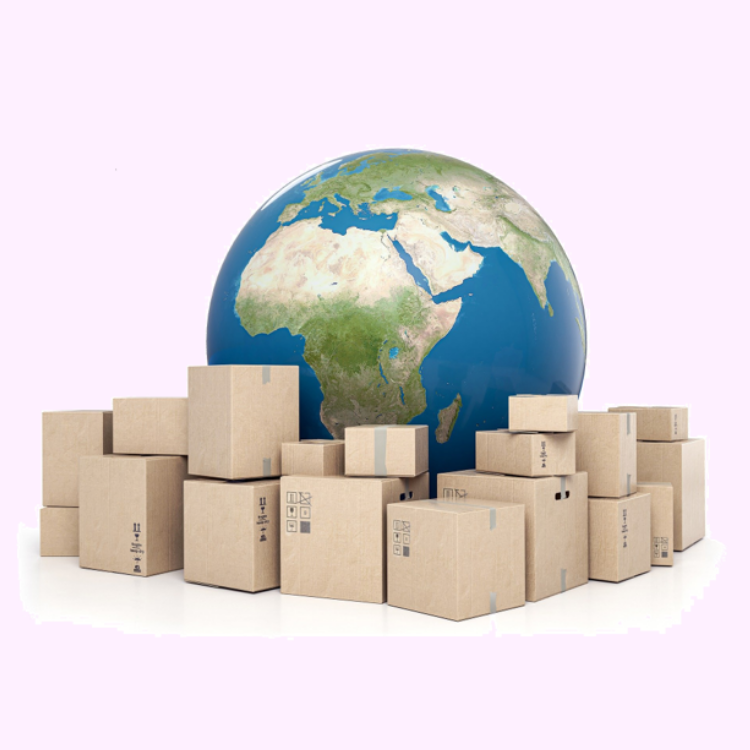Extended producer responsibility in the USA
In the USA, there is no overarching set of regulations that would dictate to individual states how high recycling rates must be or who must pay for the costs of disposal. There are also no recycling requirements for lithium batteries and accumulators. Only hazardous materials such as PCBs, asbestos, radon and lead-based paint are regulated nationwide by the EPA(United States Environmental Protection Agency). Therefore, consideration of WEEE requirements can only take place at the state and/or local level. To date (as of 2022), the following regions of the U.S. have no laws regarding EPR:
- Wyoming
- Kansas
- Ohio
- North Dakota
- South Dakota
- Nebraska
- Kentucky
- Tennessee
- Mississippi
- Alabama
- Georgia
- Arizona
- New Mexico
- Nevada
- Idaho
This means that when you import goods into these states, you are subject to very few requirements with regard to packaging or other components that do not contain any of the aforementioned hazardous materials. You only have to meet certain requirements with regard to product safety. Other areas of the United States have between one and nine different laws affecting importers and distributors. For example, Wisconsin, Minnesota, Michigan and North Carolina prohibit the disposal of dyes, paint and wall color in landfills. The following states have recycling of beverage bottles and other containers, so you must place deposits on the containers:
- Hawaii
- Oregon
- Connecticut
- Delaware
- California
- Illinois
- Maine
- Vermont
- Massachusetts
- Iowa
- Michigan
- New York
Some states have enacted laws regarding the disposal of electrical and electronic equipment that require manufacturers to contribute financially to the cost of recycling. These include Indiana, Hawaii, Maine, Illinois, Maryland, Michigan, Minnesota, Missouri, New Jersey, New York, North Carolina, Oklahoma, Oregon, Pennsylvania and others. A registration requirement is used as a control tool, which is accompanied by the payment of a contribution to fund disposal and recycling activities. To date, however, only nationally based companies have been able to register. It is also not possible to appoint an authorized representative, according to the EU model. In other words, there is currently no obligation in the USA unless you have a local branch.
WEEE & EPR in Canada
In Canada, there is a national action plan that falls under the jurisdiction of the Canadian Council of Ministers of the Environment (CCME). The respective provincial governments are responsible for implementing and adapting the plan to local conditions. The plan is intended to make producers as well as distributors responsible for all costs incurred for the disposal of their products.
The goals of the action plan are to increase recycling rates, reduce pollution from old equipment and waste, and optimize the life cycle of products. Similar to the EU, manufacturers in Canada are thus to be encouraged to pay greater attention to sustainability, for example by ensuring reparability. The guiding principle consists of four principles: Reduce, Reuse, Recycle and Resource Recovery.
Full responsibility for collection, recycling and disposal of your products must be assumed by you as an importer in the province of British Columbia, for example, if you trade in goods that contain or are packaged with the following recyclable materials:
- Beverage containers
- Mercury-containing light bulbs
- Used oil
- Vehicle tires
- Paint
- Solvents
- Batteries
- Fertilizers and pesticides
- Medicines and aids
- Televisions and computers
- Telephones, DVD players, smartphones and the like
- Other electrical and electronic products
Are there significant differences from EU directives?
The biggest difference is that laws in the U.S. are very inconsistent, of low scope and sophistication, and significantly milder than in the EU. In many cases, the responsibility for recycling is shifted to the end user, while manufacturers, distributors and retailers are often exempt from most obligations. However, since 2021, there has been movement at the behest of the Product Stewardship Institute (PSI), with several states now pushing for uniform regulation of recycling requirements for packaging and single-use plastics. It is not yet possible to predict when and whether a corresponding law will be enacted. In Canada, on the other hand, depending on the province, similarly strict specifications apply as in the EU.
What does this mean for international trade and exports to the USA and Canada?
If you export to the USA, you may not have to comply with EPR requirements. That depends on which state the products are destined for. In Canada, on the other hand, you generally have to be prepared to assume financial as well as organizational responsibility for the disposal of old equipment, equipment components and packaging.




